U.S. Corn’s Gravy Train Faces Derailment
Corn produced annually in the U.S. is estimated to be enough to fill a freight train stretching around the world, but climate change and unsustainable use of water resources and fertilizers threaten the industry.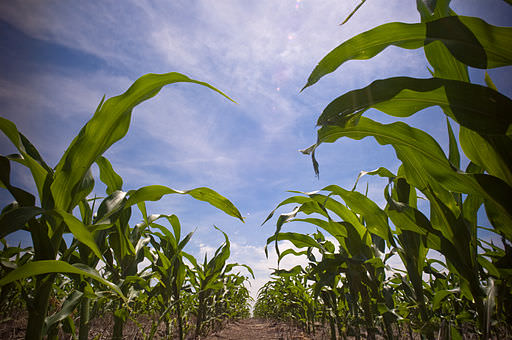
By Kieran Cooke, Climate News NetworkThis piece first appeared at Climate News Network.
LONDON — One-third of cropland in the US is devoted to corn. It produces nearly 40% of the world’s corn, and a record harvest last year was valued at nearly $70 billion.
But now there are warnings that this mighty agricultural edifice — which supports not only farmers, but a legion of food and animal feed, transport and other companies, big and small — could be seriously damaged by a changing climate.
To make matters worse, increasingly scarce water supplies could also have an adverse effect, and so too could the intensification of growing techniques — in particular, the overuse of fertilizers and pesticides.
A study by Ceres, a US not-for-profit group that lobbies for more environmental sustainability in the business sector, looks at the risks facing one of the country’s main industries.
Negative impact
States in the American Midwest and the Great Plains region — known as the Corn Belt — account for the bulk of corn production. But the study warns: “Record-breaking weather events — including prolonged drought, intense precipitation and high temperatures — are increasingly common in the Corn Belt and are negatively impacting corn yields and corporate profits.”
Floods in 2010/11 caused millions of dollars worth of crop losses in many areas. Lands were also degraded, and erosion increased. The following year there was drought, when the rains didn’t arrive and temperatures soared.
“The 2012/13 drought exemplified the vulnerability of the US corn supply chain to extreme weather,” the study says.
The bulk of US corn output goes either to animal feed or to the production of ethanol fuels, with only 10% going to food processing.
According to the report: “The 2012/13 drought had unusually severe financial impacts for many companies in the US corn value chain, hitting the meat and grain trading sectors particularly hard.
“Impacts ranged from interruptions to corn supply — which affected meat processing and ethanol refining activities — to operational challenges linked to insufficient water for manufacturing facilities, to low Mississippi river water levels that restrict transport of agricultural goods.”
While the percentage of corn production shipped abroad is relatively small, the US is still the world’s biggest corn exporter. Shortages or rising prices can have an adverse impact on the developing world, with the potential for outbreaks of serious social unrest.
The study points out that extreme weather events in recent years have resulted in large-scale price volatility. This in turn has led to what it calls riskier growing practices, with farmers and the big agricultural conglomerates seeking to cash in on rises in the market by using ever more fertilizer and pesticides on their lands.
The US government’s recent National Climate Assessment said the negative effects of climate change, such as higher temperatures and drought, would outweigh any positive impacts in the Midwest and Great Plains.
The Ceres study says corn is particularly sensitive to higher temperatures, and much of the corn is grown in regions where water supplies are already limited. In future, corn growing might have to move to cooler and more water-abundant areas further north.
Northward shift
“Higher temperatures and increased water stress mean that increased irrigation for corn will be required. Given limited water supply in parts of the Great Plains region, a northward shift in corn acreage is predicted, increasing the risk of stranded agricultural assets, such as processing, storage and transportation infrastructure.”
Costs, to the agricultural industry and to the US government are mounting. In 2012-13, the government’s Federal Crop Insurance Programme paid out a record $10.8 billion to farmers, mostly for reasons related to the drought.
Ceres says farmers and the large conglomerates that control increasing amounts of agricultural land must learn to farm more sustainably. In many cases, this means a less intensive crop regime.
There should be more measured use of fertilizers and pesticides. More efficient irrigations methods and charging systems that encourage less water use should also be implemented.
More mixed cropping should be introduced in order to preserve soil fertility, the report recommends. And companies should examine their supply chains, and pressure the farming sector to put in place better land practices.
Perhaps most controversially, Ceres has a simple message that is likely to cause a storm of anger across the Corn Belt: buy less corn.
Your support is crucial…With an uncertain future and a new administration casting doubt on press freedoms, the danger is clear: The truth is at risk.
Now is the time to give. Your tax-deductible support allows us to dig deeper, delivering fearless investigative reporting and analysis that exposes what’s really happening — without compromise.
Stand with our courageous journalists. Donate today to protect a free press, uphold democracy and unearth untold stories.

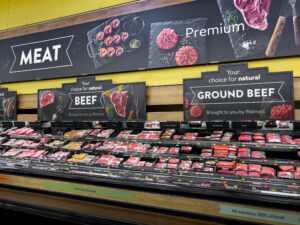
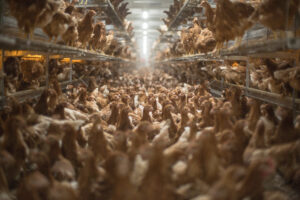
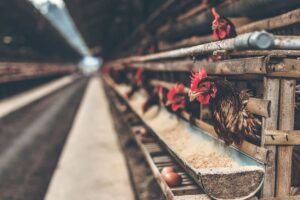

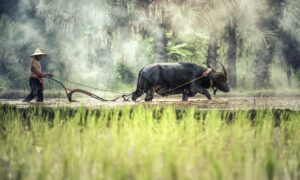
You need to be a supporter to comment.
There are currently no responses to this article.
Be the first to respond.